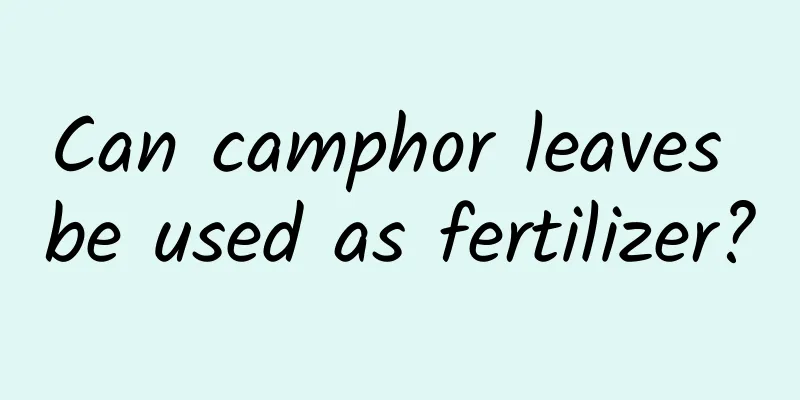Once autumn comes, quickly sow some seeds. They will bloom in large patches and fill the entire balcony!

Don't cover these flowers, otherwise they won't sprout.Why can't it be overwritten? In order to promote germination, many people will cover the seeds with a layer of wet paper towels, or cover them with a layer of soil after planting. However, they do not know that some tiny grass and flower seeds cannot be covered at all, and once covered, they will not germinate. Which seeds cannot be mulched? The seeds of herbaceous flowers such as petunia, baby's breath, lisianthus, campanula, etc. are very small and need light to germinate, so they cannot be covered when sowing. In addition, pelletized seeds cannot be covered. What does pelletization mean? It is a combination of several tiny seeds wrapped in powder, called pelleting. The pelleted seeds are still smaller than sesame seeds. Note: Be careful when buying seeds, don't buy fake ones. Seeds like Liubaili and Baby's Breath are so small that you can't pick them up, and they are similar to dust. Any large seeds are fake. Sowing method (taking petunia as an example) 1. Preparation: Put loose, fertile, well-drained, slightly acidic sandy soil in the seedling pot. 2. Sowing: Sprinkle the seeds directly on the soil surface, water thoroughly, keep them completely moist, and place them on a well-ventilated windowsill! 3. Sprouting and rooting: Sprouting will take about a week. After sprouting, spray water every day, maintain ventilation and diffuse light, and white roots will grow in about 20 days. 4. Transplanting: The seedlings are tiny and cannot be planted directly in large pots. Transplanting can greatly improve the survival rate. Move the seedlings together with the soil into a small flowerpot or disposable paper cup, water thoroughly, keep the place ventilated, expose it to plenty of sunlight every day, and spray water in the morning and evening. 5. Planting: When the leaves of the seedlings grow full-length, they can be planted. Use a flowerpot larger than 20 cm. The soil can be a mixture of garden soil, perlite and coal. Tear open the paper cup directly and plant the seedlings together with the soil into the prepared potting soil. After planting, place them in a cool place for 1 to 2 days, then place them on a balcony with sufficient light, and pinch the tops frequently. 6. Maintenance: Apply dilute nitrogen fertilizer water once every 10 days in the early stage, and apply some potassium dihydrogen phosphate before flowering. Pay attention to applying thin fertilizers frequently. These flowers need to be soaked before they can sproutSeed soaking and germination The seeds of some flowers are thicker, have a long dormancy period, and are not easy to germinate. They need to be soaked to germinate before sowing, such as lavender, sage, and water spinach. Seed soaking techniques Soak the seeds in warm water for 12 hours, and then soak them in 20-50 ppm gibberellin for 2 hours. Sowing method (taking lavender as an example) 1. Put loose and breathable nutrient soil into a small pot, fill it to 80%, water it thoroughly, and sprinkle the seeds. 2. There is no need to cover the soil after sowing, but you can cover it with a layer of film to keep it moist. Poke a few holes in the film to allow air to pass through. It will germinate in about 2 weeks. 3. Spray water frequently during the seedling stage, gradually increase light, and apply fertilizer mainly with nitrogen and phosphorus fertilizers. When the seedlings grow to about 10 cm, they can be transplanted and planted. These flowers are slightly covered with soil, and the germination rate is high and they survive well.The seeds of herbaceous flowers such as geraniums and pansies are slightly larger and do not require light to germinate. Slightly covering the seeds when sowing can increase the germination rate. Sowing method 1. Prepare loose and fertile garden soil, water it thoroughly, sprinkle the seeds, and then cover it with a light layer of soil. Water it every day to keep it moist, and it will germinate in about 10 days. 2. After the seedlings have two leaves, you can move the flowerpot to the sun, increase the amount of watering appropriately, and maintain ventilation. 3. After the leaves in the small pot are fully grown, you can transplant it into a large pot and apply a thin layer of nitrogen fertilizer during this period. 4. Pinch and trim the plant at any time during the maintenance process, and it will bloom into a large flower ball in 3 to 4 months. After geraniums are sown in spring, it is difficult for them to survive the summer, so now is a good time to sow them. In addition to the ones mentioned above, there is another type of flower - nasturtium, whose seed skin is relatively wrinkled. You need to soak the seeds first, peel off the soft skin, and then use vermiculite or wet paper towels to germinate. After the new shoots emerge, transplant them into pots. |
Recommend
How to Make Osmanthus Bloom at Christmas
Actual flowering period Under normal circumstance...
How to Eat American Ginseng
1. Containing method This is the most common way ...
How to grow ginger
How to breed Rhizome propagation Choose ginger of...
What are the methods of propagating spider plants?
Seed propagation The most suitable time for sowin...
When and how to plant string melon
Planting time of string melon The string melon is...
Cultivation methods and precautions of eagle claw flower
1. Suitable environment for the growth of eagle c...
Water and fertilizer maintenance tips for bulbous begonia
Water Management Bulbous begonias like warm and h...
Garden uses of cosmos and planting precautions
1. Gardening Use The garden uses of cosmos are ve...
How to grow chocolate bricks
1. Maintenance methods 1. Temperature: Chocolate ...
Do onions need to be watered every day?
Do you water the onions every day? Scallions can ...
What are leaves generally composed of?
1. Petiole The petiole mainly plays a connecting ...
How to water the peace tree in summer
1. Watering time When watering the peace lily in ...
How to grow Begonia and the price of Begonia
1. Maintenance methods 1. Watering: It likes mois...
Are the money trees and green radishes sparse? You definitely didn't do that!
Money Tree The most important point: fertilizatio...
Cultivation methods and precautions of yellow fruit
1. Maintenance methods 1. Soil: Kumquat prefers l...









